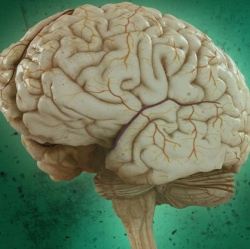
Our brains start soaking in details from the languages around us from the moment we hear them. One of the first things infants learn of their native language is the system of consonants and vowels, as well as other speech sound characteristics. In the first year of life, a baby’s ear tunes in to the particular set of sounds being spoken in its environment.
The brain starts developing the ability to tell subtle differences among them, a foundation that will make a difference in meaning down the line, allowing the child to learn words and grammar. But what happens if that child gets shifted into a different culture after laying the foundations of its first native language? Does it forget everything about that first language, or are there some remnants that remain buried in the brain?
According to a recent PNAS paper, the effects of very early language learning are permanently etched into the brain, even if input from that language stops and it’s replaced by another language. To identify this lasting influence, the researchers used functional magnetic resonance imaging (fMRI) scans on children who had been adopted to see what neural patterns could be identified years after adoption.
Because not all linguistic features have easily identifiable effects on the brain, the researchers decided to focus on lexical tone. This is a feature found in some languages that allows a single arrangement of consonants and vowels to have different meanings that are distinguished by a change in pitch. For example, in Mandarin Chinese, the word “ma” with a rising tone means “hemp”, the same syllable with a falling tone means “scold.”
People who speak tone languages have differences in brain activity in a certain region of the brain’s left hemisphere. This region activates in response to pitch differences that are used to convey a difference in linguistic meaning; non-linguistic pitch is processed in the right hemisphere. Tone information is learned very early in life: infants learning Chinese languages (including Mandarin and Cantonese) show signs of recognizing tonal contrasts as early as four months.
